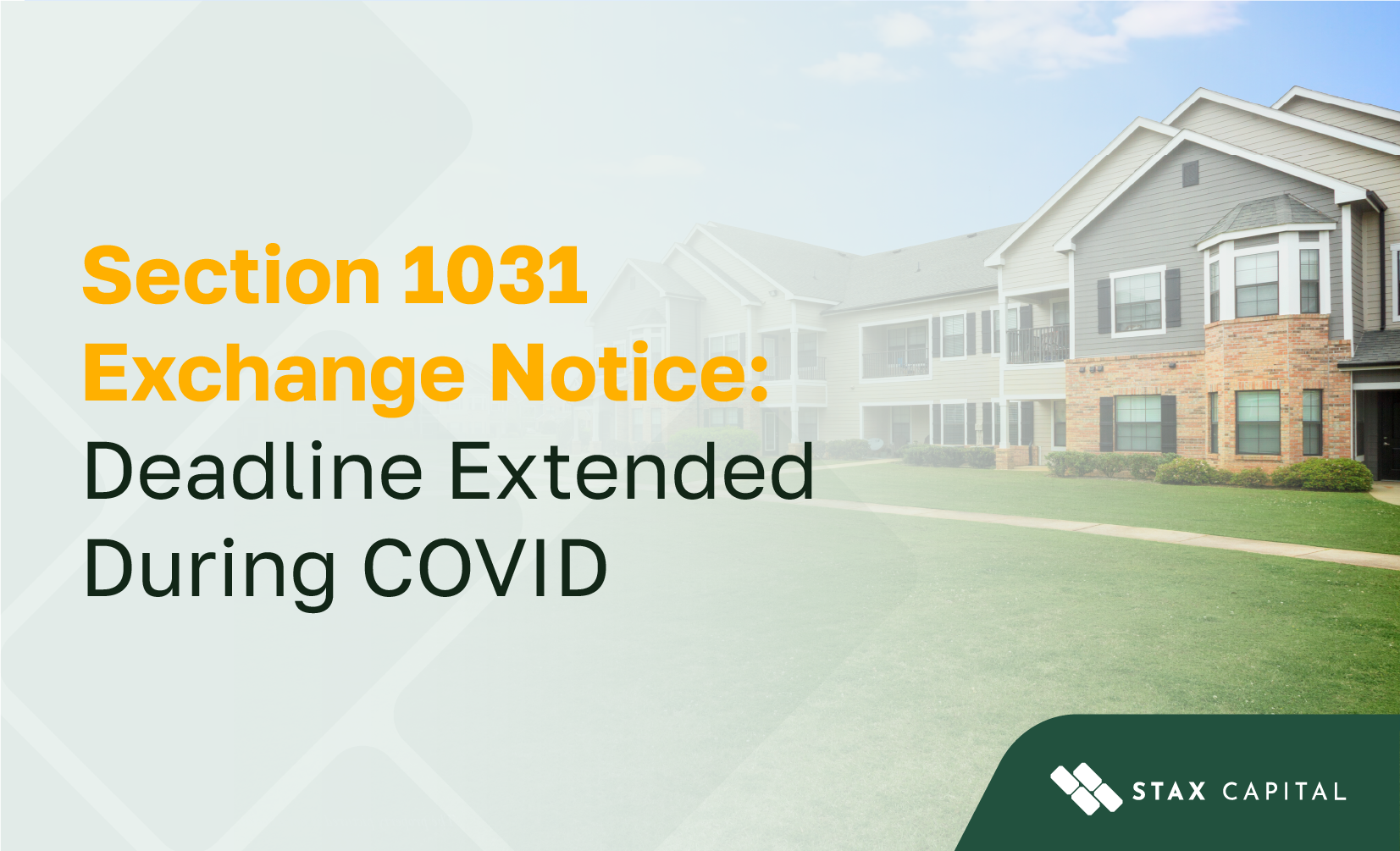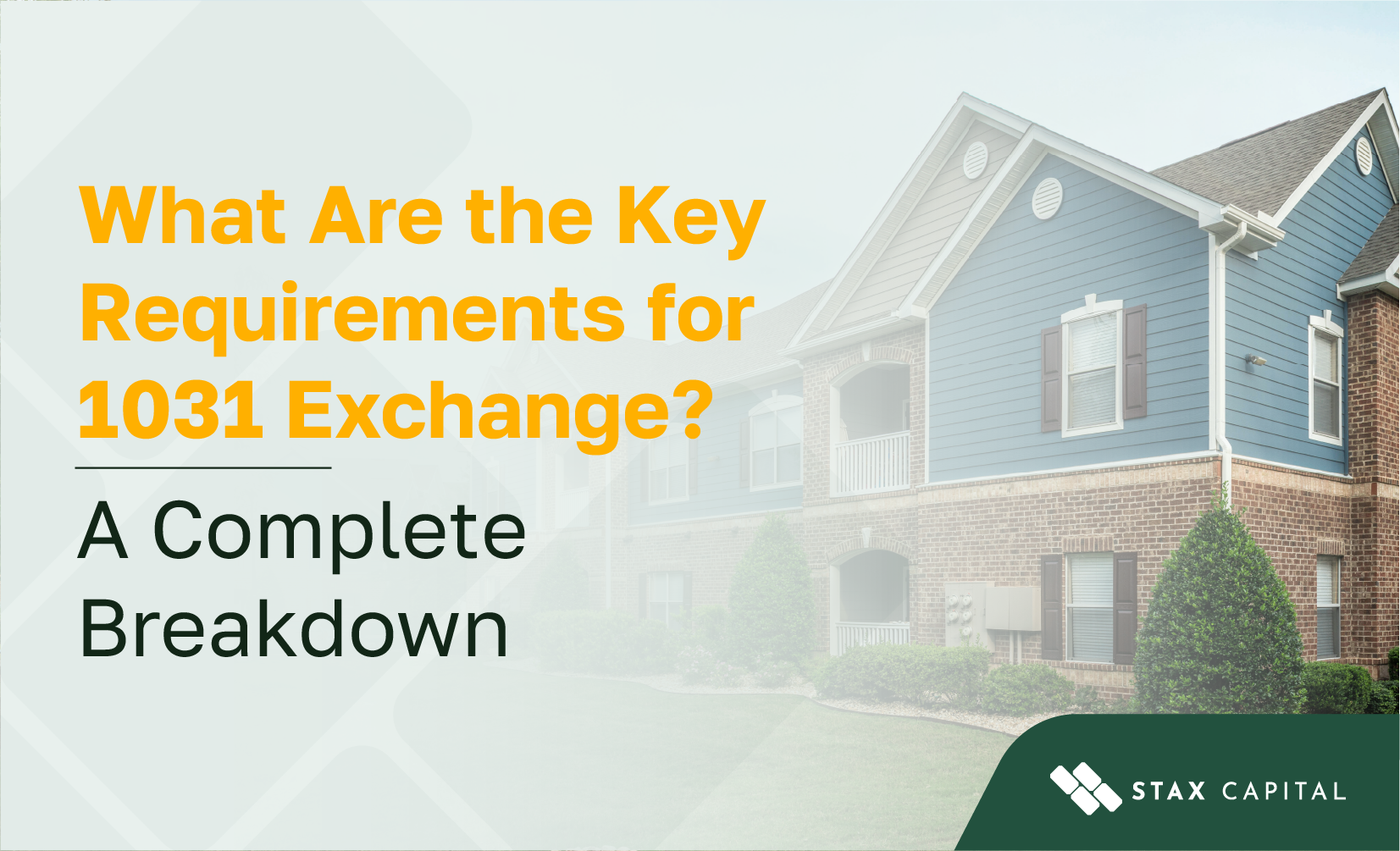The Essential 1031 Exchange Timeline: Key Milestones for a Successful Exchange

Timing isn’t just important—it’s everything in a 1031 exchange.
The 1031 exchange process revolves around specific, non-negotiable milestones. Missing a step could derail your tax-deferred investment journey.
This guide walks you through the timeline, ensuring you stay on track to reap the full tax benefits of your exchange.
What is a 1031 Exchange Timeline?
A 1031 Exchange timeline is a set of deadlines that dictate how long you have to complete certain steps in a tax-deferred property exchange. From the day you sell your property, the clock starts ticking. You have 45 days to identify potential replacement properties and 180 days to close on one.
Staying within these time limits is crucial to maintaining your tax benefits. Missing a deadline could mean losing out on the tax advantages of the exchange. Planning and knowing these key dates will help you succeed.
Key Milestones in the 1031 Exchange Timeline
Day 0: Sale of Relinquished Property
The 1031 Exchange process officially begins with the sale of your relinquished property. This is a critical first step in setting up a successful exchange. Proper documentation and adherence to the timeline are essential. Here’s what the process typically looks like:
- Sales Contract Signed
- The exchange begins when you sign the sales contract for your relinquished property.
- This agreement establishes the groundwork for the exchange process.
- Complete the 1031 Information Sheet
- Fill out a detailed 1031 information sheet.
- Submit it along with a copy of your sales contract to ensure accurate documentation.
- Exchange Agreements Prepared
- The qualified intermediary drafts the necessary exchange agreements for review and signature.
- Settlement Statement Finalized
- The title company prepares the settlement statement.
- Both you and the intermediary must approve it before proceeding.
- Closing Day and Escrow Setup
- On closing day, the proceeds from the sale are transferred to a secure escrow account.
- This marks the start of the 1031 Exchange timeline and sets deadlines for subsequent steps.
Note: Work closely with a qualified intermediary and tax advisor to ensure all documents meet IRS standards for compliance.
Day 1-45: Property Identification
The 45-day property identification period is a crucial milestone in the 1031 Exchange process. From the closing of your relinquished property, the countdown to Day 45 begins. Here’s what the process typically looks like:
- Start the Countdown
- The 45-day clock starts immediately after your property sale closes.
- By Day 45, you must submit a signed, written identification of potential replacement properties to your qualified intermediary.
- Understand Identification Rules
- You can identify up to three properties without restrictions.
- If more than three are identified, IRS fair market value requirements apply. Consult a tax professional for guidance.
- Prepare for Challenges
- Ensure identified properties are unambiguous and clearly listed.
- If a property falls through, only those listed within the 45-day window can count as candidates.
- Submit on Time
- IRS regulations do not permit changes or additions to the list after the 45-day deadline. Ensure all identified properties comply with Section 1031 requirements.
- Once you’ve submitted your list of potential replacement properties, it stands as part of your official exchange documentation.
- Missing the deadline could jeopardize your exchange and tax benefits.
- Strategic Planning
- Start evaluating properties early and consult experts as needed.
- Careful preparation avoids last-minute complications and ensures compliance.
Note: Consult with a tax advisor or attorney to ensure identified properties meet IRS 'like-kind' requirements and other regulations.
Day 46-180: Closing on the Replacement Property
The final phase of your 1031 exchange is marked by the 180-day deadline for closing on your replacement property. Here’s what this process typically looks like:
- Understand the Timeline
- The 180-day window starts the day your relinquished property is sold.
- Both the 45-day identification and 180-day closing periods run simultaneously. If you take the full 45 days to identify, only 135 days remain to close.
- Note that the IRS strictly enforces these deadlines, and failure to meet them will disqualify your exchange from tax-deferral benefits.
- Review and Sign Settlement Statements
- Before closing, review the settlement statement detailing transaction finances.
- Both you and your qualified intermediary must sign the document.
- Finalize Financial Transactions
- Funds are securely wired to the title company or attorney managing the closing.
- This step ensures proper handling of the exchange proceeds.
- Plan for Delays
- Inspections, financing, and negotiations can extend the closing timeline.
- Waiting until the last moment to identify a property reduces the time for closing.
- Even if you’ve already found the right property, the closing process itself can take time—financing, inspections, and negotiations may all impact the timeline.
- Complete the Exchange
- Once all properties are purchased within the 180-day limit, the exchange is complete.
- Your tax deferral benefits are secured.
Note: All transactions must be finalized through your qualified intermediary to maintain compliance and avoid disqualification.
Strategies for Staying on Track
During the 1031 Identification Period
1. Start Early
Begin your search for replacement properties that align with IRS regulations to avoid surprises during the identification process. Even before your relinquished property hits the market, explore potential investments. This early groundwork ensures you’re not racing against the clock later.
2. Partner with Experts
Hire a skilled real estate agent experienced in 1031 exchanges. They’ll streamline the sale of your relinquished property and help pinpoint suitable replacements swiftly, minimizing delays.
3. Secure a Qualified Intermediary
Line up a reliable intermediary in advance. A reliable intermediary ensures compliance with IRS regulations, manages funds, and facilitates a smooth transaction. Having this professional ready ensures you’re prepared for a fast sale without scrambling to fulfill this key requirement.
During the 1031 Exchange Period
1. Mark Your Calendar
Identify critical deadlines, including the 180-day window to close. If a deadline falls on a weekend or holiday, ensure you’re ready to close beforehand to avoid complications.
2. Consult a Tax Professional
If your exchange spans two tax years, inform your tax preparer. This foresight helps them manage filings and extensions while avoiding last-minute tax surprises.
3. Maintain Clear Communication
Keep your team in the loop. Regular updates to your real estate agent, intermediary, and tax advisor will enable quick, informed decisions and ensure a smooth process.
Stay on Track and Close Successfully
Navigating the 1031 exchange timeline requires planning, organization, and attention to detail. From identifying replacement properties within 45 days to completing the transaction in 180 days, every milestone is critical. Failure to meet any of these deadlines may result in the loss of tax deferral benefits. By preparing early, working with experts, and staying on schedule, you can maximize the benefits of your exchange.
Have questions or need guidance? Contact us today to make your 1031 exchange seamless and stress-free!



Share: